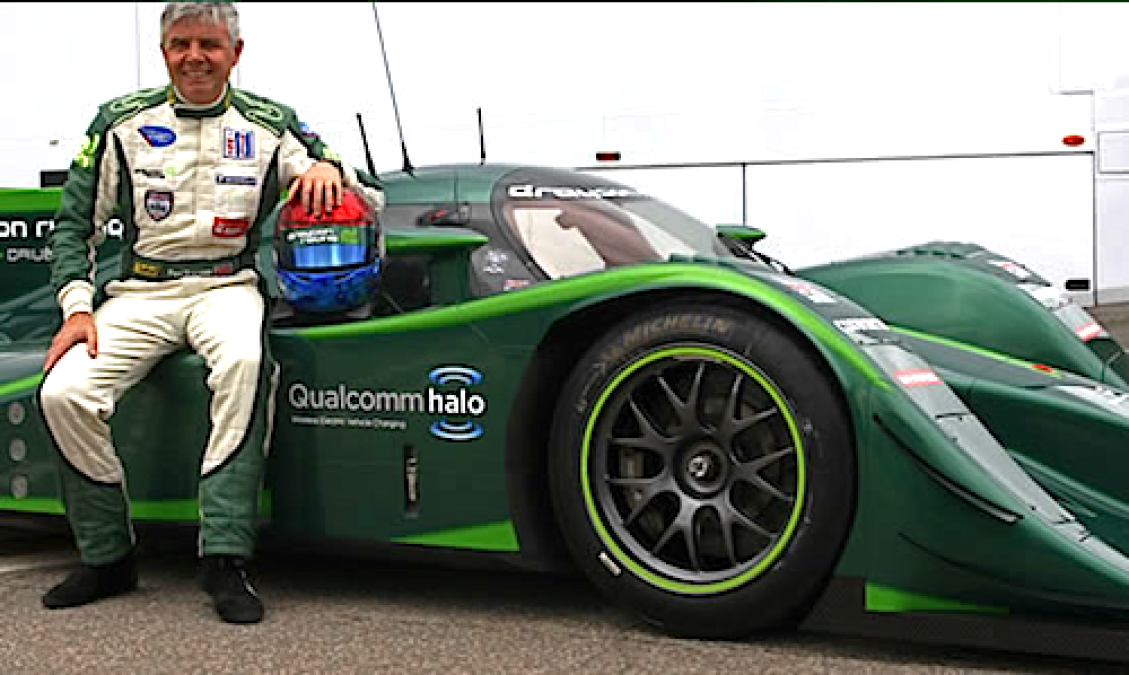The electric car, EV race conundrum is that its current range is limited. While many battery companies and scientists are working hard to increase battery energy, most racers could go one lap flat out or maybe squeeze three at a slower pace. So it was with great pleasure I talked to Paul Grayson of Drayson Technologies to find out what is happening in this budding field of electric racers and how did it come about.
NZ. When it comes to electric racing, the last thing people think of is endurance. What prompted you to highly modify a Lola into an EV racer?
PD. "Because we have all the data from running an LMP1 Lola chassis with a Judd V10 IC engine in the Le Mans Series- converting it to an all - electric drive meant we had all the baseline data from our previous experience with the chassis from which to compare its performance using electric drive. This provides us with the perfect foundation to properly test and evaluate the electric drive train systems."
NZ. When we last spoke you mentioned everything is ready, you are only waiting for the competition. How do you see competition developing and where will it come from?
PD. "There are teams and companies developing electric cars now in France, Germany and the USA as well as us in the UK."
NZ. Your relationship with Qualcomm and their Qualcomm Halo is very promising with wireless charging, can you tell us more about it?
PD. "We are testing and developing the wireless charging system on our B12/69E EV car - using it as a technology development platform for the wireless charging technology and to promote the adoption of wireless charging fro both automotive and racing use."
NZ. How do you see EV endurance racing progressing in an ideal world? Would it make sense for the FIA or other governing bodies to manage it or do you feel a grass root movement is more conducive?
PD. "We need both. A grass roots movement is essential, capitalising on all the interest and knowhow that is developing in the EV space - combined with clear direction from the FIA on the regulations that will govern the future of EV racing."
NZ. Lastly, what do you feel are the technical challenges that still need to be solved when it comes to EV endurance racing?
PD. "The next big step is to improve the range of the cars. We already have all the performance and reliability we need - as demonstrated by us last weekend at Goodwood. We now need to improve the range of the cars - dynamic wireless charging is the ideal way to achieve this."
As you can tell, we are at the beginning of a new era of racing electric cars with its inherent challenges. Yes, the gasoline engine wasn’t born as efficient as it is today and has gone through over a century of fine tweaking to be able to race 24 hours without major problems. When it comes to electric cars, the game board changes drastically. Either we pack all the energy needed to run the track onboard or you find clever ways to refuel through various wireless technologies or swapping battery packs.
One thing is for certain, it is an exciting time to watch the development of electric racers and the Drayson Technologies team with its Lola B12/69E EV is at the forefront of this era.





